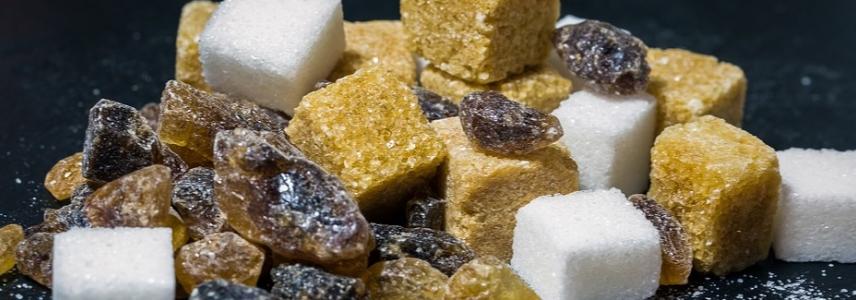Sugar alternatives under review

Sugar consumption is decreasing in Europe. Consumers are choosing healthier, low-sugar diets. Because of this, food processors are reformulating their products, so they have a lower sugar content. To be able to label products as sugar-free, more and more often, processors are using alternative sweeteners. Food safety authorities are researching many sugar alternatives.
Taking another look at permitted food additives
Manufacturers are using new technologies and ingredients to reduce sugar with minimal impact on taste. Sugar crystals are an example of a new ingredient. They dissolve on the tongue quicker than ordinary sugar, giving the same sweet taste with fewer calories. Other products include sweeteners that have the familiar sweet taste but a lot fewer calories than ordinary sugar. Some sweeteners are more popular than others. Examples are sucralose, stevia, xylitol from birch, coconut sugar and erythritol.
Although sugar consumption is decreasing in Europe, consumers are worried about the use of sugar alternatives. There is not a lot of reliable information about the impact alternative sugars have on human health. The European Commission funded the SWEET project to review evidence of the benefits and risks of sweeteners to humans. The project is supported by 29 European research, consumer and industry partners.
The European Union authorities look for updated scientific opinions for many food additives, including sweeteners. They do this to make sure the food we eat is safe. Food additives permitted before 20 January 2009 must go through a new risk assessment by the European Food Safety Authority (EFSA). These assessments will take place until the end of 2020. Very often, companies that use sweeteners or other food additives must pay for independent scientific studies about their health impact.
Processed fruit as a sugar alternative
There are many types of processed fruit that taste sweet and can be used as an ingredient in product formulations. A common example is dried fruit, which is naturally sweeter than fresh fruit. Dates are particularly popular as a natural sweetener. More and more often, products such as date sugar, date paste and date syrup are used as natural sweeteners. Dates are replacing the need for artificial additives. This is making ingredient labels clearer. This year, CBI published a new dates study.
In the last few years, the extremely high levels of sugar in fruit juices have been the focus of information. As a result, fruit juice consumption has decreased. To help increase consumption of 100%-fruit juices, the European Fruit Juice Association started a promotional campaign. The campaign used verified scientific information about the health benefits of fruit juice consumption. It was called Fruit Juice Matters.
Many brands in Europe are using the Nutri-Score system to label the nutritional value of products placed on the market. The amount of sugar in a product strongly influences the Nutri-Score label. For example, based on Nutri-Score labelling, the majority of fruit juices are labelled with the C-score. This means they have an average nutritional value. But, when coconut water is mixed with juices, the nutritional value of the drink improves and reaches a B-score. The final product can still be labelled as 100%-fruit juice and not as a soft drink.
- For more information, read the new CBI studies on exporting dates to Europe and exporting coconut water to Europe.
This news article was written for CBI by Autentika Global.
Stay informed
To stay informed on the latest developments in the processed fruit and vegetables sector, make sure to subscribe to our newsletter.